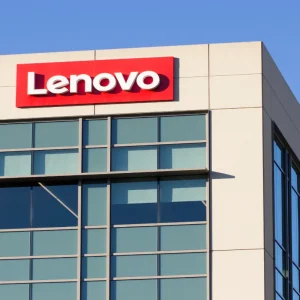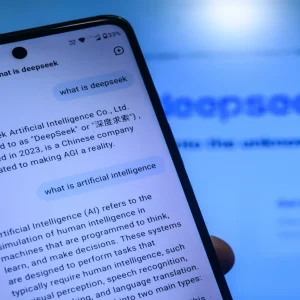
There are more than nine billion connected devices operating in the world today, generating 2.5 quintillion bytes of new data daily.
Making sense of data embedded in intelligent devices is creating a significant market opportunity that is expected to reach $1.7 trillion by 2020, according to analysts.
Yet without a proper infrastructure in place to analyse all of this data in real-time, its value is minimal. IBM, however, believes cognitive computing is the smart answer.
To tap into this trillion dollar market, the company has set up its IoT headquarters in Europe, in the middle of the world and bridging the East and West.
Speaking at IBM’s new Watson IoT headquarters in Munich, IoT and education GM Harriet Green said: "Watson is the first, only cognitive computing platform. It makes suggestions and recommendations on the best course of action.
"Right now, 90% of all the data at the edge is not being used. Imagine what is possible when you unleash all the capabilities. We are only scratching what we can reach with the IoT."
As a result, IBM is investing in cognitive systems that learn at scale, reason with purpose and interact with humans naturally.
She said: "Cognitive IoT offers deeper human engagement, extends expertise, allows products and services to be infused with cognition, cognitive processes and operations, and allows enhanced exploration and discovery.
"Coming together, all of us, will help to transform clients’ business. That is the potential of cognitive IoT."
At the 67,000 sqm offices, Dr John E Kelly III, SVP of solutions portfolio and research at IBM described cognitive computing as the third phase of IT evolution, with the two first being mechanical calculators and programmable systems respectively.
He said: "We are moving to systems that learn and interact with humans in a new way."
Rather than being explicitly programmed, cognitive computing learns and reasons from its interactions with humans and from its experiences with its environment, enabling them to keep pace with the volume, complexity, and unpredictability of information generated by the IoT.
Cognitive systems can make sense of 80% of the world’s data that computer scientists call "unstructured," which means they can illuminate aspects of the world that were previously invisible, allowing users to gain greater insight and to make more informed decisions, according to IBM.
Also present at Watson’s first headquarters outside the US, was Erich Clementi, SVP for sales and distribution at IBM Europe. He said: "Ever since Lisbon 2010, technology was the catalyst to modernise business in Europe. We are on the verge of having the Digital Single Market approved in Brussels.
"Everything is going to change. Cognitive will transform everything."
To make its cognitive vision a reality, IBM also introduced four families of Watson API services available as part of IBM Watson IoT Analytics.
The first API includes Natural Language Processing (NLP) to enable users to interact with systems and devices using simple, human language.
NLP helps solutions understand the intent of human language by correlating it with other sources of data to put it into context in specific situations.
Secondly, the Machine Learning Watson API Family automates data processing and continuously monitors new data and user interactions to rank data and results based on learned priorities.
Following from this, the Video and Image Analytics API Family enables monitoring of unstructured data from video feeds and image snapshots to identify scenes and patterns. This knowledge can be combined with machine data to gain a greater understanding of past events and emerging situations.
Lastly, the company released a Text Analytics API that enables mining of unstructured textual data including transcripts from customer call centres, maintenance technician logs, blog comments, and tweets to find correlations and patterns in these vast amounts of data.
Dr Kelly said: "We are giving Watson eyes if you will, and sensors. We are at the beginning of a huge wave that is coming at us. This is about Men, humans and machines that work together to make better decisions."






